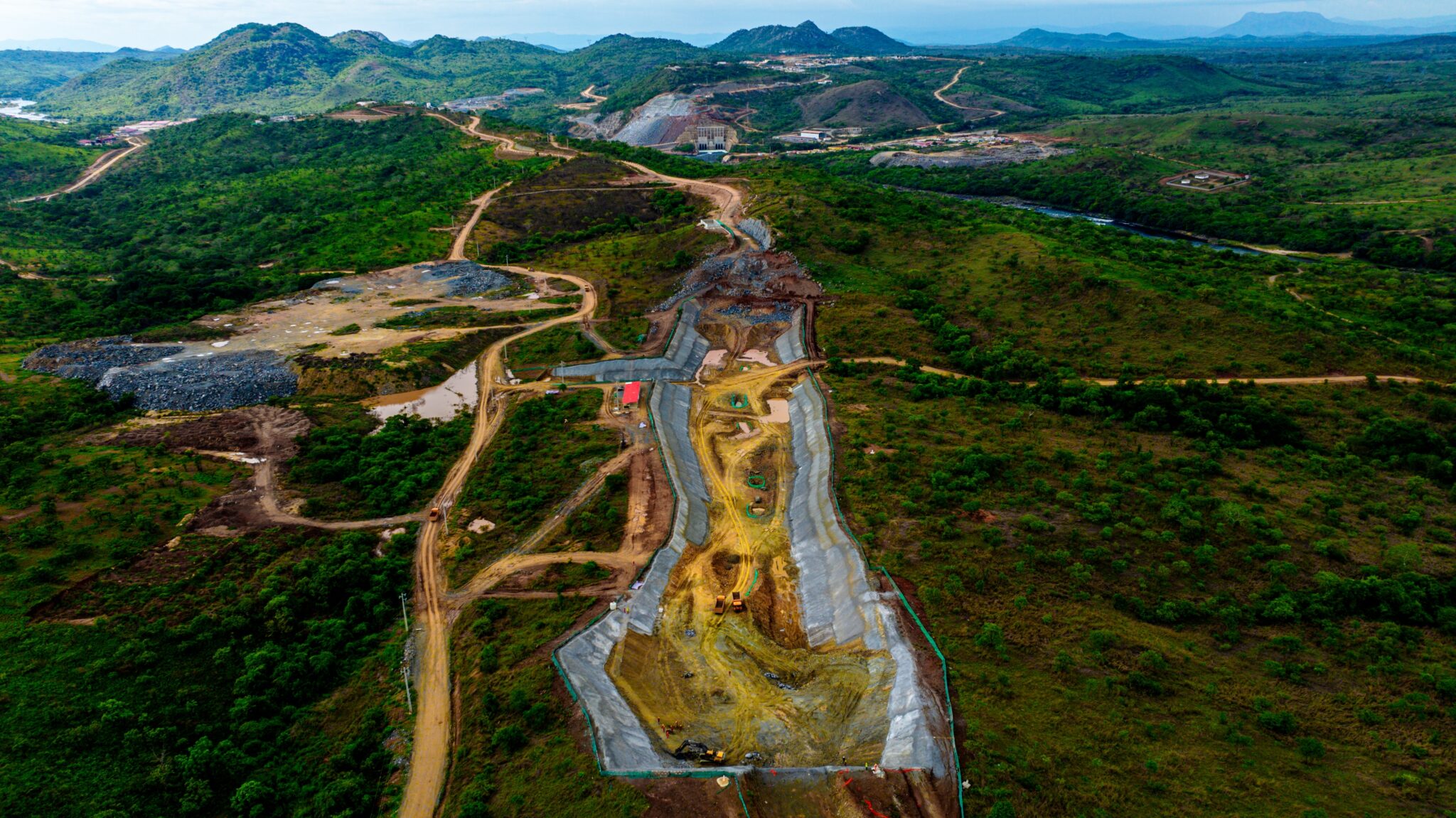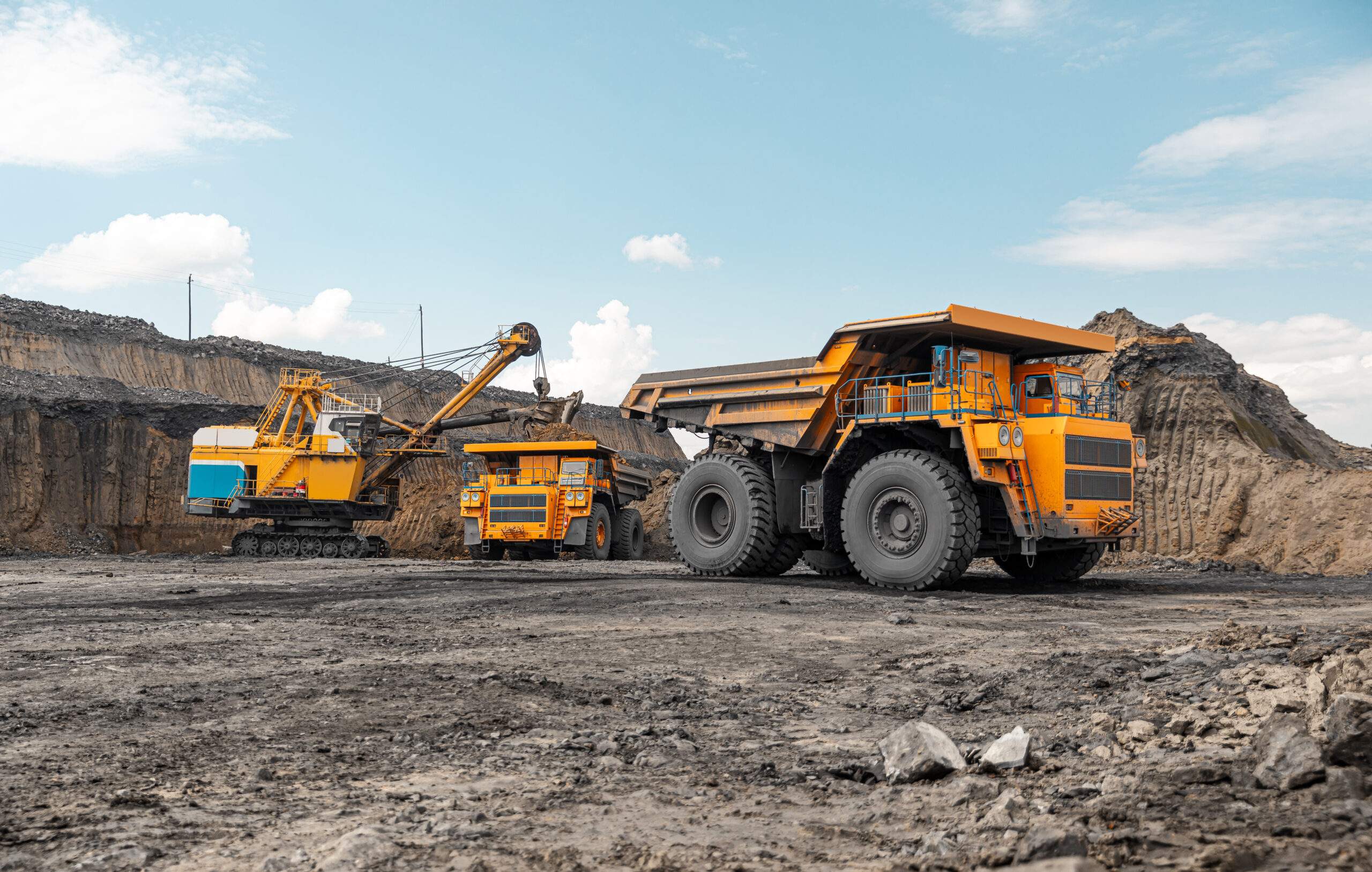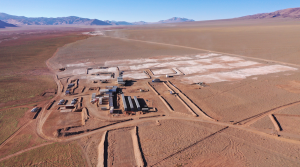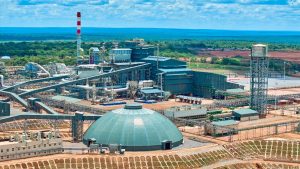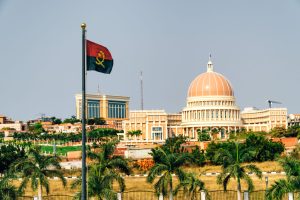Water, rail infrastructure will present urgent challenges for SA miners in 2025
By Yandi Mini, principal at Boston Consulting Group
There are several reasons to become more excited about the outlook for the South African mining sector in 2025. While the share prices of gold miners have already strengthened significantly during 2024 on the back of gold price gains, there have also been recoveries in prices of platinum group metals (PGM) and critical minerals from their recent cyclical lows, which should translate into stronger share prices.
Supplied by Freepik
Of course, there are uncertainties. These include rapid and fundamental global macroeconomic developments, including regulatory uncertainty and geopolitical risk that are affecting how markets behave. In South Africa, there are looming infrastructural challenges, especially rising costs of energy and supply of water. Infrastructure bottlenecks in South Africa have a profound impact on the transport of bulk commodities, while water shortages will rapidly require innovative solutions to ensure greater conservation. Mining companies have to manage these challenges, while simultaneously taking advantage of the opportunities within the mining industry as a whole.
Uncertainties can be managed
We advise our mining clients to undertake quite detailed scenario planning to manage uncertainties, as discussed in our recent publication, Africa Mining Outlook: Three key challenges for miners – and six ways to turn them into opportunities. If a company only has one option in mind it may be over-focused in one direction. Prioritising the material uncertainties that face the business and thinking about the choices it can make allows a mining company to perform informed scenario planning. This helps to address macroeconomic and geopolitical risks and improves the likelihood of making ‘no regret’ moves.
The stability of Eskom’s generation fleet in the past several months has generated more optimism around energy supply, and the focus has now moved to rising energy costs. There are growing concerns around the tariff proposals that the National Energy Regulator of South Africa (NERSA) is reviewing, following increases of ~13% in April 2024. Many mining companies in South Africa have invested in generating their own renewable energy, which helps with both continuity of supply and managing cost uncertainty. They have also made behavioural changes to use energy differently and more cost-effectively. All this has provided some resilience to operations.
Challenges around energy supply, and its cost, extend beyond the mine gates and affect the communities around the mines, placing an additional responsibility on mining companies through their social plans. We have seen that when mining companies invest in solar or other renewable energies, some are extending these investments to local communities as well, e.g. providing solar lighting and locating solar farms close to residential areas.
Regional learnings to drive future success
To address South Africa’s broader infrastructure challenges, the subject of public-private partnerships is regularly on the agenda of meetings between government and the private sector. Government and miners are working together to address the impediments to railing bulk commodities, for example, although there is still significant ground to cover. Judging from comments by mining executives, there seems to be a genuinely positive approach to partnerships by both sides, which is critical to make progress. We are starting to see some early signs of success and must continue with these efforts to ensure lasting impact.
In this respect, South Africa can learn from other African countries such as Kenya. Kenya is not a top mining destination, but its investments in rail and ports have drawn exports of commodities that would otherwise have used ports in southern Africa. While ports in South Africa have experienced congestion, throughput across some East African ports have grown 12-15% in 2024 alone. There were some flaws in how Kenya implemented these investments, but South Africa can learn both from what went right and what went wrong.
Thriving communities are essential for thriving mines. Conversely, other African countries can learn from South Africa in this regard. It has a legislative requirement for mining companies to give attention to community needs which, for most mining companies, particularly the listed entities, is coupled with a genuine desire to improve livelihoods and provide work opportunities, both in the mine itself and in the broader value chain. These initiatives are part of what shareholders are demanding from the companies they invest in, and we will continue to see more focused delivery in this space. We advise our clients to set clear goals, which can be guided by the UN Sustainable Development Goals and can be tailored specifically to the South African context.
On broader ESG issues, South Africa is home to 19% of the critical minerals required for the energy transition, particularly those that support battery electric vehicles and hydrogen EVs giving it duality in the role it has to play in the energy transition: as a provider of minerals for other countries and because South African companies recognise the need to change their own emissions.
South Africa could certainly do more to market its critical minerals and develop markets for them. Various mining companies are undertaking roadshows and promoting the transition minerals, but it is not enough on its own to attract investment. Investors do not just want to know that the minerals are there. They want to know that the infrastructure is in place, both to extract and if necessary, beneficiate, and that the full value chain is in place. South Africa needs to resolve its infrastructure challenges to ensure greater investor attractiveness moving forward.
Aside from infrastructure, South Africa could also explore regional growth and cross-border partnerships, not only for mining but also for beneficiation. For example, neighbouring Namibia has rich lithium, copper, cobalt and rare earth minerals which present opportunities for South African mining companies to contribute expertise. This demands proactive and urgent approaches on both a government-to-government basis as well as within the private sector. If we do not use these opportunities, South Africa will be elbowed out by companies from the East. Already we’ve seen Chinese investors forging partnerships in Namibia and Zimbabwe.
Positive developments ahead
We expect there will be more opportunities for smaller miners in South Africa. If the cadastral system is implemented successfully, it should result in the issue of more exploration licences. This should bring with it more investment, and, with the potential discovery of additional top-tier assets, could bring significant economic growth to the country and the region.
We expect to see mining companies make progress on addressing infrastructural challenges like water and rail, as this will be crucial to the success of their operations. Increased visibility and higher expectations also mean that we expect mining companies to make more significant investments towards sustainability, to meaningfully contribute to the communities beyond the mine gates.
Share this content:


